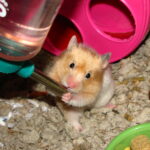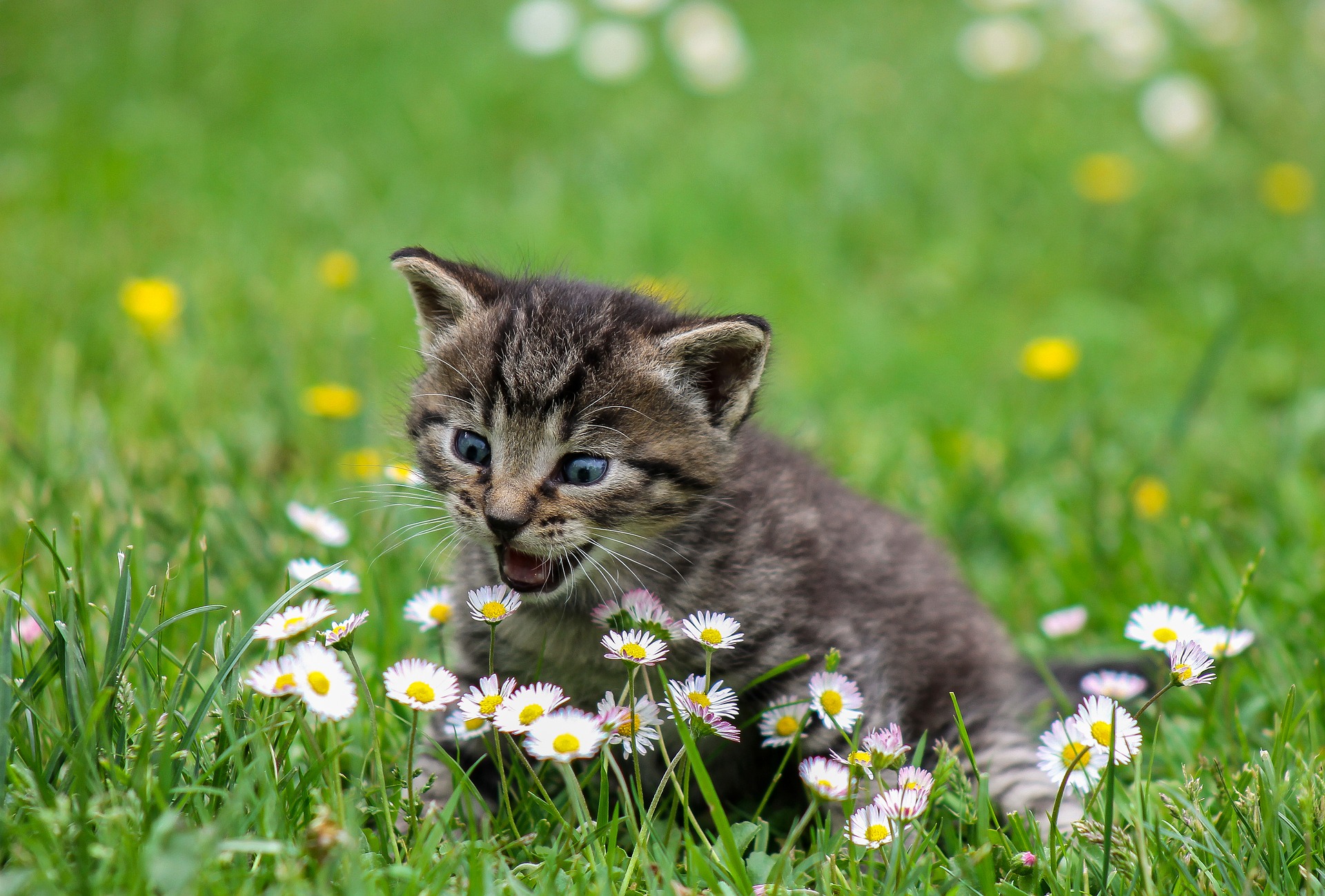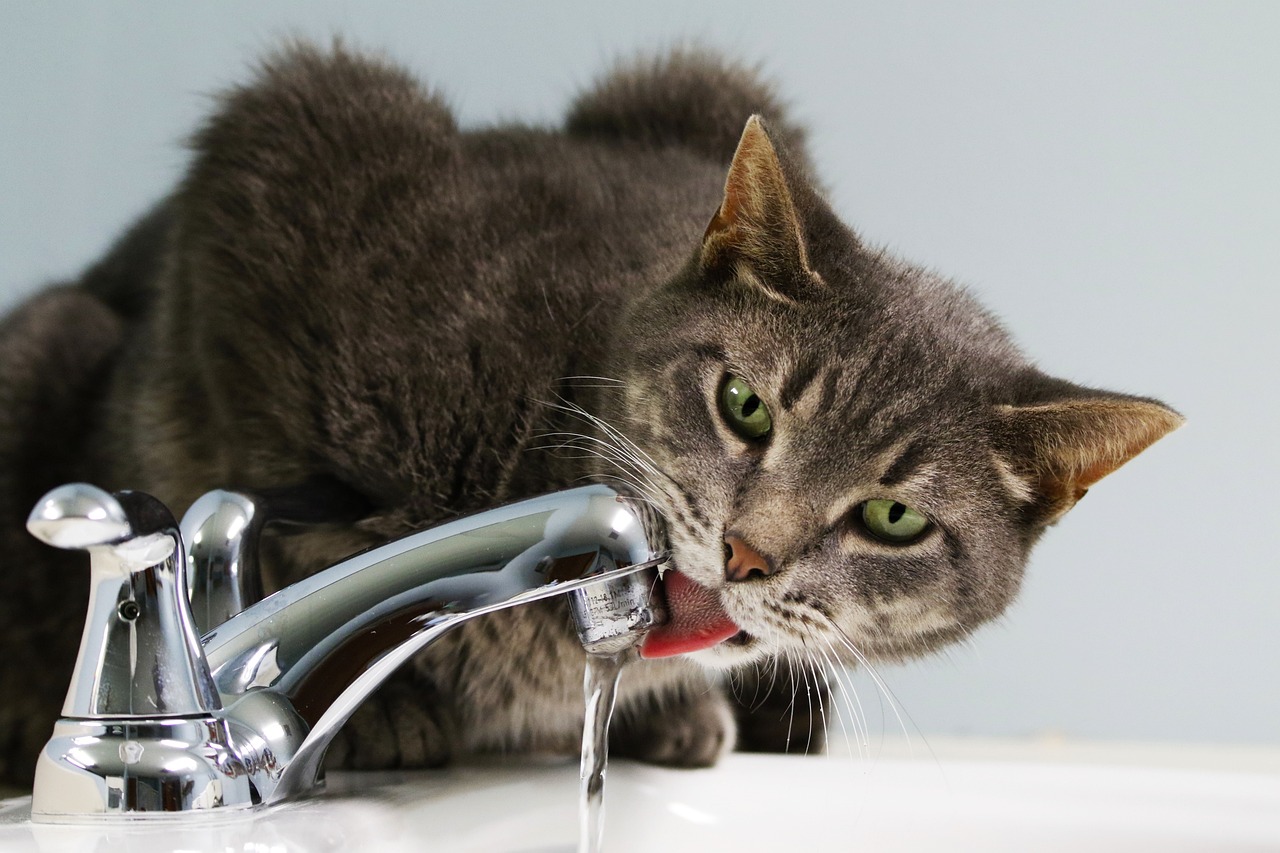At about four to six weeks old, your kitten is ready to transition from kitten milk to solid food. They can begin eating dry kibble and gruel, as long as they’re fed at least half a cup every two to three hours.
During the first few weeks of feeding, kittens should also have a shallow bowl of water available at all times.

Meats are another popular choice for your kitten’s diet. You should choose lean meat and avoid those containing a lot of fat and salt. You can also avoid sausages and hot dogs, as they contain nitrates that can lead to diarrhea. Cut meat into small pieces before serving to your kitten.
The nutritional value of your kitten’s food will depend on its age. Kittens aged over four months should eat 1.5 to two cups of 5.5 oz canned food each day. A small kitten will eat one-quarter cup of dry food. If you don’t want to give your kitten a variety of food, you can opt for a brand that caters to different tastes and preferences.
Raw meat and bones should be avoided as they can cause teeth damage and cause constipation. Raw bones also contain bacteria that can cause illness. So, make sure you don’t feed your kitten raw meat or bones until it’s at least 20 weeks of age. If you must feed your kitten meat, make sure it’s human grade and fresh. Otherwise, your kitten may develop nutritional deficiencies during their growth. And remember, your kitten should never have cow’s milk.
Fruits are another good choice for kittens. Bananas are high in fiber and potassium and are great for their diet. But, it’s important to remember that they’re still high in sugar, so only feed a small amount of them. Apples are also rich in vitamins and fiber, which are important for your cat’s health. However, the seeds of an apple can be poisonous to your cat.

It is important to remember that a kitten’s diet can be difficult to change. You’ll want to start with a high-quality brand of kitten food that’s labeled for each feline life stage. You may want to try a variety of flavors, but make sure to stick to one brand. This will avoid any potential digestive upsets.
When you first start feeding your kitten solid food, make sure to start small and increase the size and variety. Cats need about 162 kilocalories per day. They also need a good amount of protein. At this point, their weight can double or even triple from what it was when their mother first fed them. If your kitten is not ready to transition to solid food, you should continue to provide her with milk formula.
Once your kitten is at least three to four weeks old, you can transition her to a raw meat diet. She may need some finger feeding at first, but don’t hesitate to introduce her to new food. Raw meat is an excellent choice for kittens, because they will identify it as the “natural” choice. Adults, on the other hand, may not recognize it as food.
Meat is a good source of protein. You can offer her any type of meat, but it is best if it is boiled or baked rather than fried, as it contains a lot of fat. For an optimum diet for your kitten, you should also include some finely cut vegetable matter. However, avoid over-salting because it can be toxic for cats.
The right diet is crucial for your kitten’s health and growth. Cats need a balanced diet that’s low in fat and high in protein. Fortunately, there are a variety of cat foods available for all physical and lifestyle conditions. Dry food has a higher protein content than wet food, and it has a longer shelf life.
When selecting a diet for your kitten, make sure to consult with your veterinarian. You should also create a feeding schedule. It’s important to use your kitten’s name when feeding her. The goal is to associate feeding with a pleasant activity. That way, she’ll be more likely to eat and stay healthy. You should also consider your cat’s age and weight when making the decision of what food to feed her.
After their first week, kittens can move onto solid food. Keep an eye on their weight by using a kitchen scale. The goal is to feed them foods rich in protein, which will nourish their growing bodies. They also need calcium, which helps them build strong teeth, and DHA, which is important for their brain and vision development.























